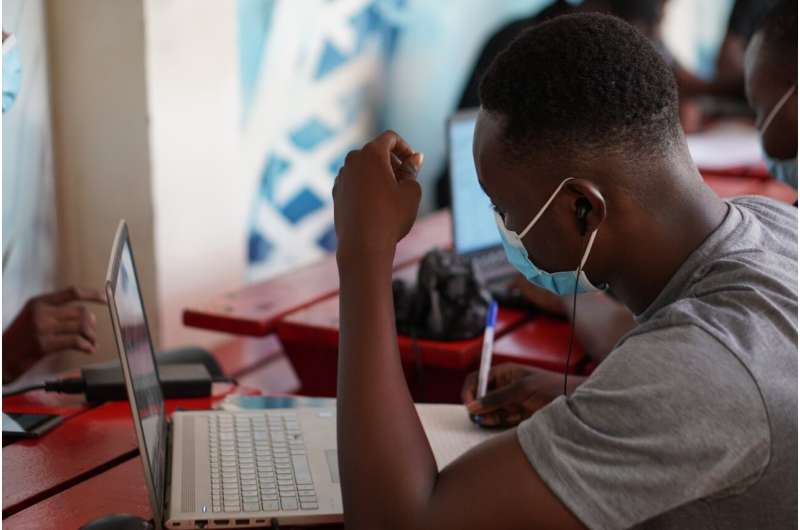Study finds that in much of the US, virtual school did not lower COVID-19 case rates in surrounding communities

Since March 2020, parents, educators, and politicians have debated whether to send children to school in person during the COVID-19 pandemic. New research suggests that in most regions, with the exception of the South, opening schools for in-person learning was not associated with an increase in COVID-19 case rates in the community. The results of the nationwide study, published in Nature Medicine, included 895 school districts across the United States.
"The results suggest it is possible for schools to operate safely and in-person without increasing case rates in the community," says Richard Nelson, Ph.D., associate professor of epidemiology at University of Utah Health and co-senior author with Westyn Branch-Elliman, M.D., of the VA Boston Healthcare System. "But the flip side is true, too. In some areas, in-person school did appear to be a source of community spread."
The researchers analyzed data gathered during the 12 weeks from July to September 2020 by region, and categorized them as the Northeast, Midwest, South, and Mountain West. The Pacific West was not included because nearly all public schools were virtual. The study found that:
- In every region analyzed, COVID-19 cases increased during the weeks following the start of school.
- The South was the only region where case rates were higher in counties with in-person or hybrid school as compared to counties with virtual learning, after controlling for other contributing factors.
- In all other regions, community case rates during the period following school opening were similar regardless of whether school was virtual, hybrid, or in-person.
"We know that cases increased substantially last fall throughout the country," Nelson says. "In some areas of the country, school mode was a contributing factor to those increasing rates, whereas in other areas it was not."
In the South, which included 191 counties from Delaware to Texas, traditional in-person school was associated with an increase in community cases of COVID-19 beginning two weeks after the school reopened. The increase was chiefly among people between the ages of 0-9, or 20 and older. Data were not available for stratification that would allow the scientists to analyze impacts on different school-age groups (e.g. elementary, middle, and high school).
The researchers controlled for local policies, including closings of workplaces and public transportation, canceling of public events, COVID testing and contact tracing policies, and mask requirements.
However, because people follow policies imperfectly, another important piece of data the researchers considered was community mobility. This is data collected from Google location history that reflects how much people are actually moving around the community in four categories: Residences, workplaces, grocery/pharmacy, and retail/recreation locations.
In communities where people are moving around more, there is more social interaction outside of school and thus more opportunity for infection to spread, Nelson explains. "Traditional school in an area where there's lots of movement looks different than traditional school where there's not much movement in the community, in terms of case rates," Nelson says. "For this reason, it is important to take community-level mobility into account when evaluating the impact that schools had on cases."
Together, the data suggest that the impact of traditional and hybrid school on community spread varied throughout the country, Nelson says. Further investigation into factors that may have contributed to community spread in the South could help determine the most effective mitigation measures for in-person school.
Branch-Elliman explains that it's possible that regional differences in community-level and in-school mitigation strategies, or other factors such as environmental conditions, may have played a role. "It is important to appreciate that schools are not islands," Branch-Elliman says. "They exist as part of a broader community network."
At the time the study data were collected, vaccinations were not available and the Delta variant had not yet emerged in the U.S. Additional research will also need to investigate how these factors affect the spread of COVID-19.
More information: Zeynep Ertem et al, The impact of school opening model on SARS-CoV-2 community incidence and mortality, Nature Medicine (2021). DOI: 10.1038/s41591-021-01563-8




















